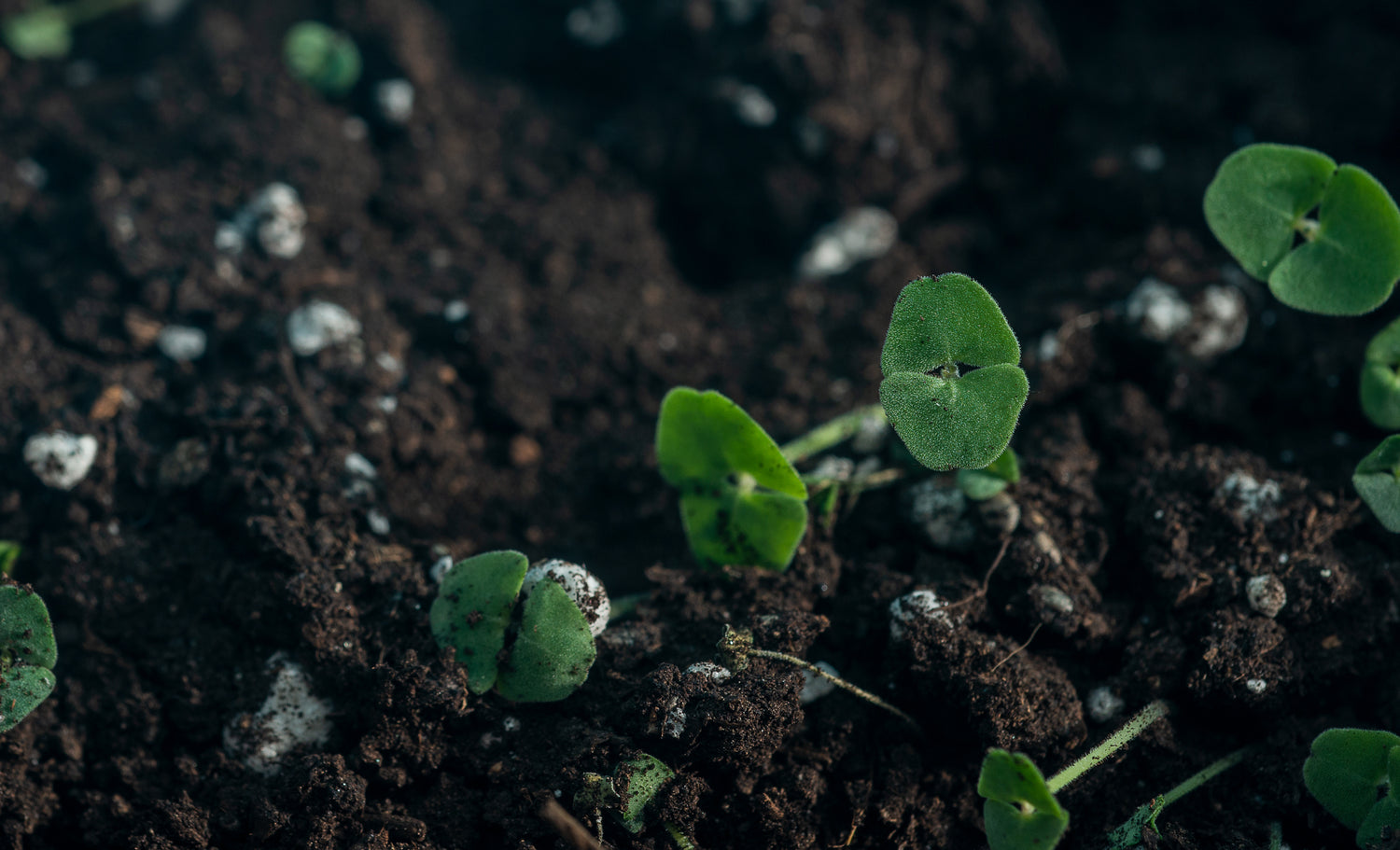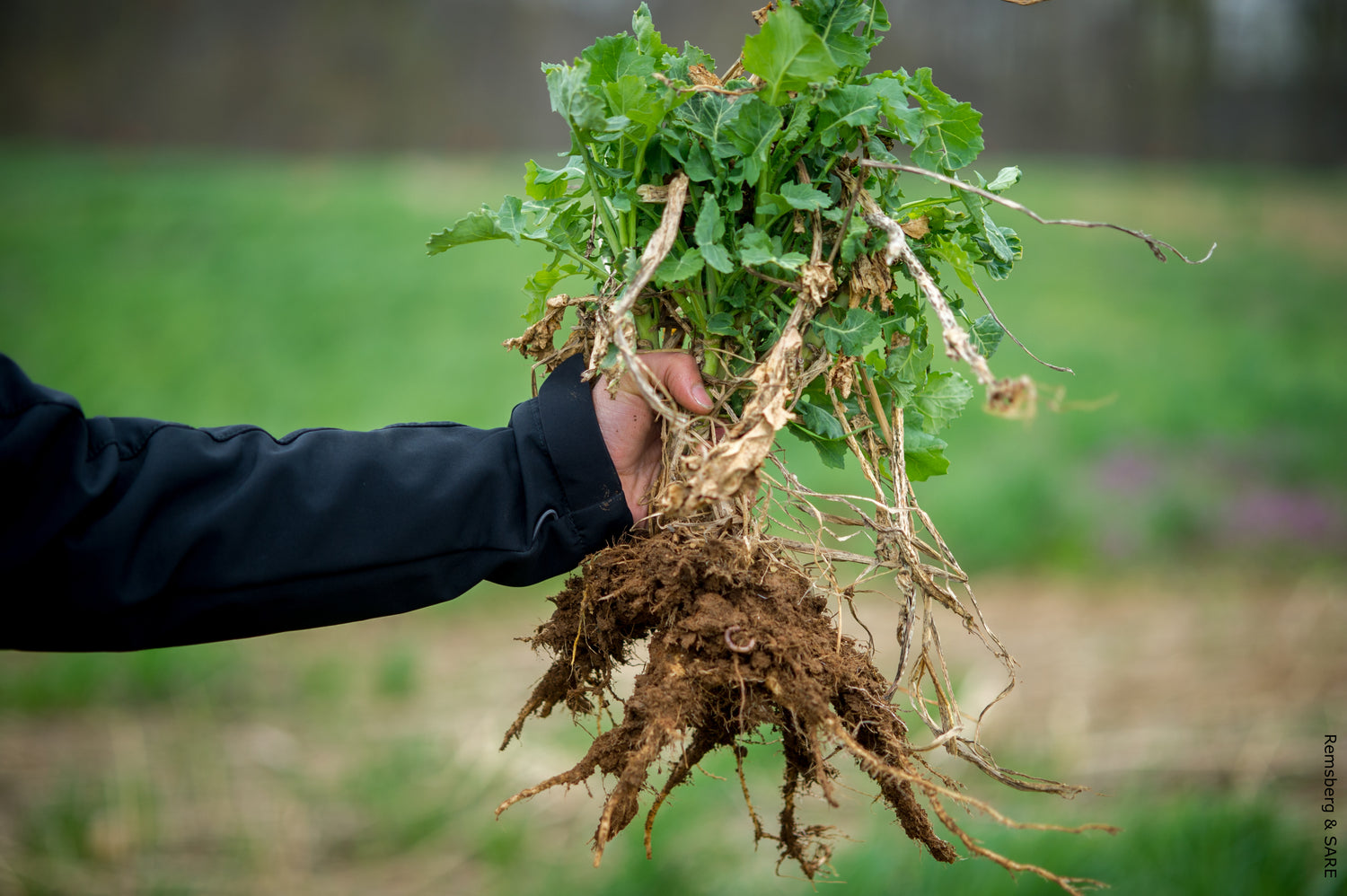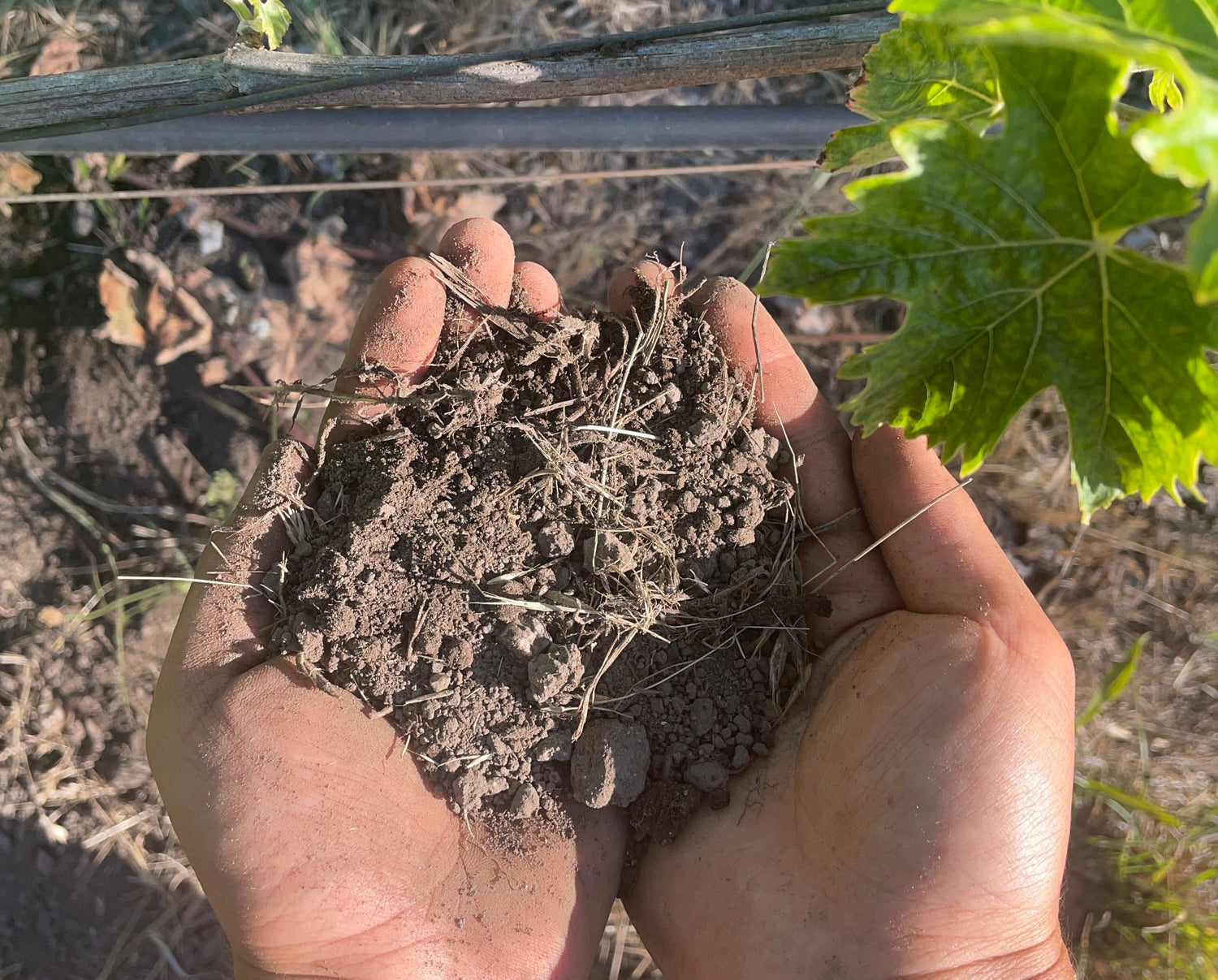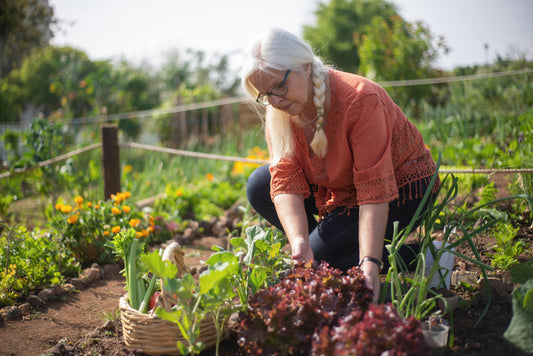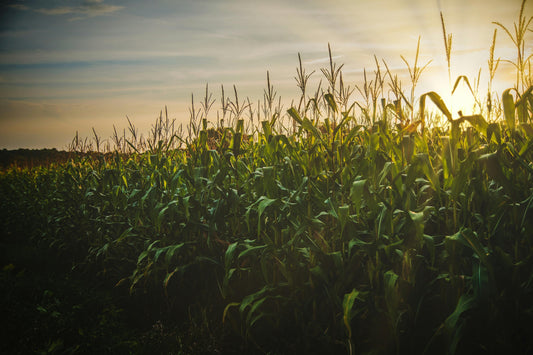Long Beach's coastal location and geological diversity have created distinct soil types that reflect millions of years of sediment deposition from the Los Angeles River and Pacific Ocean. Understanding these soil variations is essential for successful gardening, urban agriculture, and environmental stewardship in Southern California's second-largest city.
Long Beach soils include fertile alluvial deposits from river systems, clay-rich wetland soils, sandy coastal formations, estuarine silty soils, and human-modified urban soils that require specialized management approaches.
Long Beach Soil Types: Complete Guide to Coastal Southern California Soils
Long Beach, California, sits within the Los Angeles Basin, one of Southern California's most geologically complex regions where coastal, riverine, and urban processes have created a diverse soil landscape supporting over 460,000 residents and numerous ecosystems. The city's soils range from highly productive alluvial deposits to challenging urban soils requiring remediation, each shaped by distinct geological processes and human activities over thousands of years.
This comprehensive guide explores Long Beach's major soil types, their formation processes, management challenges, and sustainable practices based on current research from the USDA Natural Resources Conservation Service, U.S. Geological Survey, and University of California Cooperative Extension to help residents, gardeners, and land managers make informed decisions about soil stewardship in this coastal environment.
Geological Foundation and Soil Formation
Long Beach's position within the Los Angeles Basin creates a unique geological setting where multiple soil-forming processes operate simultaneously. According to the U.S. Geological Survey, the basin represents a structural depression filled with sediments from surrounding mountain ranges over the past several million years, creating the foundation for the region's diverse soil types.
The Los Angeles River has played a central role in soil development throughout the Long Beach area, carrying sediments from the San Gabriel and Santa Monica Mountains and depositing them in alluvial fans and floodplains. The USDA Natural Resources Conservation Service documents that these riverine processes, combined with coastal marine influences and tectonic activity, have created the soil diversity observed today.
Coastal processes including wave action, tidal influences, and salt spray also significantly affect soil development along Long Beach's extensive shoreline. These marine influences create unique soil chemistry and drainage conditions that support specialized plant communities while presenting challenges for urban development and agriculture.
Alluvial Soils: Fertile River Deposits
Alluvial soils represent Long Beach's most agriculturally productive soil type, formed by sediment deposition from the Los Angeles River and its tributaries over thousands of years. These soils occupy broad areas of the city, particularly in inland valleys and former floodplain areas now used for urban development and agriculture.
Formation and Distribution
According to the USDA Natural Resources Conservation Service, alluvial soils develop through repeated flooding cycles that sort sediments by particle size, creating layered soil profiles with varying textures and drainage characteristics. The Los Angeles River watershed contributes sediments from diverse geological formations, creating alluvial soils with complex mineral compositions and generally high fertility.
These soils typically occur in the lowest elevations of Long Beach, including areas around the Los Angeles River channel and extending eastward toward Signal Hill. The University of California Cooperative Extension notes that alluvial soils in the Los Angeles Basin generally have good drainage in upper layers while maintaining adequate water-holding capacity for plant growth.
Soil Properties and Characteristics
Long Beach's alluvial soils typically contain 15-35% clay content, creating loam to clay loam textures that balance drainage with water retention. The USDA Natural Resources Conservation Service reports that these soils generally have pH levels between 6.5-8.0, making them suitable for a wide range of crops and ornamental plants.
Organic matter content in alluvial soils varies depending on historical land use and management practices, with undisturbed areas maintaining 2-4% organic matter while heavily cultivated or urbanized areas may have lower levels. These soils typically have good nutrient availability due to their diverse mineral composition and organic matter content.
Agricultural and Urban Applications
Alluvial soils support much of Long Beach's urban agriculture, including community gardens, small-scale commercial operations, and residential landscaping. The California Department of Food and Agriculture documents successful production of vegetables, herbs, and small fruits on alluvial soils throughout the Los Angeles Basin when properly managed.
These soils respond well to organic matter additions and balanced fertilization programs. Common management practices include cover cropping during fallow periods, drip irrigation to conserve water and prevent salt accumulation, and careful timing of cultivation to avoid compaction during wet conditions.
Clay Soils: Wetland and Low-Lying Areas
Clay soils in Long Beach primarily occur in former wetland areas and low-lying coastal zones where fine sediments have accumulated over time. These soils present both challenges and opportunities for urban development and ecosystem conservation.
Formation Processes
Clay soils develop in areas where water movement is slow or restricted, allowing fine particles to settle and accumulate. The U.S. Geological Survey explains that Long Beach's clay soils formed in former wetland basins, estuarine environments, and areas influenced by tidal action where fine marine sediments were deposited over thousands of years.
These soils often contain expansive clay minerals that shrink and swell with moisture changes, creating challenges for construction and requiring specialized management approaches. The presence of marine-derived materials also influences soil chemistry, sometimes creating alkaline conditions or salt accumulation issues.
Ecological Functions
Clay soils play crucial roles in Long Beach's remaining wetland ecosystems, including areas around Alamitos Bay and the Los Angeles River estuary. The California Department of Fish and Wildlife documents that these soils support specialized plant communities adapted to hydric conditions, including native sedges, rushes, and salt-tolerant species.
These soils provide important ecosystem services including flood control, water filtration, and wildlife habitat. Clay soils can store large amounts of water during wet periods and release it slowly, helping to moderate local hydrology and reduce flood risks in surrounding areas.
Management Challenges and Solutions
Clay soils in Long Beach often require intensive management to support plant growth and prevent drainage problems. The University of California Cooperative Extension recommends adding organic matter such as compost to improve soil structure and drainage while avoiding heavy machinery use during wet conditions to prevent compaction.
Raised bed systems work well for growing vegetables and ornamental plants in clay soil areas, providing improved drainage and root zone conditions. Strategic plant selection, focusing on species adapted to clay conditions, can reduce maintenance requirements and improve success rates.
Sandy Soils: Coastal and Dune Systems
Sandy soils dominate Long Beach's extensive coastline and inland areas influenced by coastal processes. These soils present unique management challenges related to rapid drainage and low nutrient retention while providing important ecological functions in coastal environments.
Coastal Formation Processes
According to the U.S. Geological Survey, sandy soils along Long Beach's coast form through marine processes including wave action, longshore sediment transport, and wind deposition. These processes sort sediments by size, concentrating sand particles while removing finer materials to create the characteristic coarse texture of coastal soils.
Beach and dune systems represent dynamic environments where sand movement continues actively, creating young soils with minimal profile development. Inland sandy soils may be older and more developed, but still retain the rapid drainage and low nutrient retention characteristics of sand-dominated systems.
Ecological Importance
Sandy soils support specialized coastal plant communities that provide critical ecological functions including dune stabilization, coastal protection, and wildlife habitat. The California Coastal Commission emphasizes that native dune vegetation adapted to sandy soils helps protect inland areas from storm surge and erosion while providing nesting sites for shorebirds and habitat for specialized insects.
These soils also play important roles in groundwater recharge due to their high infiltration rates, helping to replenish coastal aquifers that support both natural ecosystems and urban water supplies.
Management for Landscaping and Conservation
Successful management of sandy soils requires addressing their low water and nutrient retention characteristics. The University of California Cooperative Extension recommends adding organic matter and using mulches to improve moisture retention while selecting drought-tolerant plants adapted to sandy conditions.
Native plant landscaping works particularly well on sandy soils, providing low-maintenance options that support local ecosystems. Biochar amendments can help improve nutrient retention in sandy soils while supporting beneficial soil microbial communities.
Silty Soils: Estuarine and Riverbank Areas
Silty soils occur in transitional areas between terrestrial and aquatic environments, particularly along the Los Angeles River and in estuarine zones where freshwater and saltwater mix. These soils have intermediate properties between clay and sandy soils, offering both opportunities and challenges for management.
Formation in Transitional Environments
The USDA Natural Resources Conservation Service explains that silty soils develop in environments with moderate water energy where intermediate-sized particles can settle and accumulate. In Long Beach, these conditions occur along riverbanks, in estuarine areas, and in former wetland margins where sediment deposition patterns create silt-dominated soils.
These soils often show evidence of periodic flooding or high water tables, with distinctive soil colors and features that reflect alternating wet and dry conditions. Organic matter accumulation can be significant in areas with permanent or seasonal wetness.
Vegetation and Wildlife Support
Silty soils support diverse plant communities that serve as important wildlife habitat and provide ecosystem services including water filtration and flood control. The California Department of Fish and Wildlife documents that riparian vegetation growing on silty soils provides critical habitat corridors for migratory birds and supports fish populations in adjacent aquatic systems.
These soils can support both hydrophytic plants in wet areas and mesic species in better-drained locations, creating diverse vegetation mosaics that enhance biodiversity and ecosystem resilience.
Conservation and Restoration Applications
Silty soils are often targeted for wetland and riparian restoration projects due to their favorable properties for establishing native vegetation. The California Coastal Conservancy has documented successful restoration projects on silty soils that have improved water quality, provided flood control benefits, and created valuable wildlife habitat.
Management typically focuses on protecting existing vegetation and soil structure while controlling invasive species that can alter soil conditions and displace native plant communities.
Urban Soils: Human-Modified Landscapes
Urban soils represent the most widespread soil type in Long Beach, reflecting decades of human modification through development, industrial activity, and urban land uses. These soils present complex management challenges while offering opportunities for urban sustainability initiatives.
Formation Through Human Activity
The USDA Natural Resources Conservation Service defines urban soils as those significantly altered by human activities, including grading, filling, compaction, and contamination. Long Beach's urban soils often contain construction debris, imported fill materials, and various chemical contaminants from decades of industrial and urban land use.
Many areas of Long Beach have been built on filled land, particularly near the port and in former wetland areas. These fill materials create highly variable soil conditions that can change dramatically over short distances and may require specialized assessment and management approaches.
Contamination Issues and Assessment
The California Regional Water Quality Control Board has identified several contamination concerns in Long Beach's urban soils, including petroleum products from former gas stations and industrial facilities, heavy metals from various sources, and legacy pesticides from agricultural areas that have been urbanized.
Lead contamination is particularly widespread in older urban areas, especially near pre-1978 buildings where lead-based paint was commonly used. The Environmental Protection Agency recommends soil testing for lead before establishing vegetable gardens in urban areas, particularly those near busy roads or industrial facilities.
Urban Agriculture and Green Infrastructure
Despite contamination challenges, urban soils in Long Beach support numerous sustainability initiatives including community gardens, green roofs, and bioswales. The City of Long Beach has documented successful urban agriculture projects that provide fresh produce to local communities while improving neighborhood aesthetics and community engagement.
Green infrastructure projects using urban soils help manage stormwater runoff, reduce urban heat island effects, and improve air quality. These projects often require soil amendments and careful design to address contamination and compaction issues while providing desired environmental benefits.
Soil Testing and Assessment Protocols
Effective soil management in Long Beach requires comprehensive testing to understand site-specific conditions and identify potential limitations or hazards that may affect land use and plant growth.
Basic Soil Analysis
The University of California Cooperative Extension recommends testing Long Beach soils for pH, nutrient content, organic matter, and salinity, particularly in areas influenced by coastal salt spray or irrigation with recycled water. Soil pH is especially important because many Long Beach soils tend toward alkaline conditions that can limit nutrient availability.
Nutrient testing should include nitrogen, phosphorus, potassium, and micronutrients, with particular attention to salt-sensitive crops that may be affected by sodium accumulation in coastal areas. Organic matter testing helps guide amendment strategies for improving soil structure and water retention.
Contamination Screening
The California Department of Toxic Substances Control recommends contamination screening for urban soils before establishing food production areas or children's play spaces. Priority contaminants include lead from paint and gasoline, petroleum products from underground storage tanks, and industrial chemicals from former manufacturing sites.
Testing protocols should follow EPA guidelines for soil sampling and analysis, with certified laboratories providing results that can guide risk assessment and remediation decisions. Professional consultation may be necessary for interpreting results and developing appropriate management strategies.
Ongoing Monitoring
Regular soil monitoring helps track changes in soil conditions over time and evaluate the effectiveness of management practices. The USDA Natural Resources Conservation Service recommends annual testing for intensively managed soils and every 2-3 years for less intensive land uses.
Monitoring programs should track key indicators including organic matter content, nutrient levels, pH changes, and any contamination concerns identified in initial testing. This information guides adaptive management strategies and helps optimize soil health over time.
Sustainable Management Practices
Sustainable soil management in Long Beach requires approaches tailored to specific soil types and land uses while addressing broader environmental challenges including climate change, water scarcity, and urban development pressures.
Organic Matter Management
Building and maintaining soil organic matter represents a fundamental strategy for improving soil health across all soil types in Long Beach. The Rodale Institute emphasizes that organic matter provides multiple benefits including improved water retention, enhanced nutrient cycling, better soil structure, and increased carbon sequestration.
Effective organic matter sources include compost, aged manure, cover crops, and mulches. The University of California Cooperative Extension recommends maintaining soil organic matter levels above 2% for optimal soil function in Mediterranean climates, requiring regular organic matter additions in most Long Beach soils.
Water Conservation and Management
Water-efficient soil management becomes increasingly important as Southern California faces ongoing drought conditions and water supply limitations. Soil-based water conservation strategies include improving soil water retention through organic matter additions, using mulches to reduce evaporation, and selecting plants adapted to local soil and climate conditions.
The California Department of Water Resources promotes soil management practices that improve infiltration and reduce runoff, helping to recharge local groundwater supplies while reducing flood risks and water pollution.
Integrated Pest Management
Sustainable pest management approaches focus on building soil health to support plant resistance while minimizing chemical inputs that can affect soil organisms and water quality. The University of California Integrated Pest Management Program emphasizes that healthy soils support beneficial microorganisms and insects that help control pest populations naturally.
Soil-based IPM strategies include crop rotation to break pest cycles, cover cropping to support beneficial organisms, and organic matter additions to enhance soil biological activity and plant health.
Climate Change Adaptation
Climate change is altering temperature patterns, precipitation regimes, and extreme weather frequency in Southern California, requiring adaptive soil management strategies to maintain soil health and productivity under changing conditions.
Temperature and Drought Stress
Rising temperatures and more frequent drought conditions are increasing stress on Long Beach's soils and the plants they support. The California Climate Action Team projects continued warming and drying trends that will affect soil moisture patterns and organic matter decomposition rates.
Adaptive strategies include building soil organic matter to improve water retention, selecting heat and drought-tolerant plants, implementing efficient irrigation systems, and using mulches to moderate soil temperature and moisture fluctuations.
Sea Level Rise and Saltwater Intrusion
Coastal areas of Long Beach face increasing risks from sea level rise and saltwater intrusion that can affect soil chemistry and plant growth. The California Coastal Commission projects that rising sea levels will increase salt exposure in coastal soils while potentially altering drainage patterns in low-lying areas.
Management strategies include improving soil drainage to reduce salt accumulation, selecting salt-tolerant plants for coastal areas, and implementing green infrastructure to manage increased stormwater volumes during extreme weather events.
Extreme Weather Preparedness
More frequent extreme weather events including intense rainfall, heat waves, and wind storms require soil management approaches that enhance resilience and recovery capabilities. Building soil organic matter and maintaining good soil structure help soils withstand and recover from extreme weather impacts.
Protective measures include maintaining vegetative cover to prevent erosion, using wind barriers to protect against soil loss, and implementing drainage systems to handle increased rainfall intensity during storm events.
Local Resources and Support
Long Beach residents and land managers have access to numerous resources for soil testing, technical assistance, and educational programs that support sustainable soil management practices.
Government and Extension Services
The University of California Cooperative Extension Los Angeles County office provides research-based information, soil testing services, and educational programs specifically relevant to Long Beach's conditions. Their Master Gardener program offers community education and support for home gardeners and small-scale producers.
The USDA Natural Resources Conservation Service maintains offices throughout Southern California providing technical assistance for agricultural operations, conservation projects, and soil health improvement programs. Their Environmental Quality Incentives Program offers financial assistance for implementing conservation practices.
Professional Testing and Consultation
Certified soil testing laboratories throughout the Los Angeles area provide comprehensive analysis services with management recommendations tailored to local conditions. Many laboratories specialize in urban soil contamination assessment, agricultural soil fertility, or environmental compliance testing.
Professional soil consultants offer specialized expertise for complex soil management challenges including contamination remediation, conservation planning, and soil health improvement programs for both residential and commercial applications.
Community Programs and Organizations
Long Beach supports numerous community gardening programs, environmental organizations, and sustainability initiatives that provide practical soil management education and support. These programs often offer hands-on training, tool sharing, and collaborative problem-solving opportunities for residents interested in improving soil health.
The City of Long Beach Environmental Services Bureau provides information and support for sustainable landscaping, water conservation, and urban agriculture initiatives that promote soil health while addressing broader environmental goals.
Conclusion
Long Beach's diverse soil landscape reflects the complex interplay of geological processes, coastal influences, and human activities that have shaped this Southern California coastal city over thousands of years. From fertile alluvial deposits supporting urban agriculture to challenging urban soils requiring remediation, each soil type presents unique opportunities and management requirements that affect both environmental quality and human well-being.
Successful soil stewardship in Long Beach requires understanding the specific characteristics and limitations of local soil types, implementing appropriate testing and assessment protocols, and applying sustainable management practices that address current needs while building resilience for future challenges. As climate change, urbanization, and water scarcity continue to affect the region, soil health becomes increasingly important for supporting sustainable communities, productive landscapes, and healthy ecosystems.
By combining scientific knowledge with practical experience and community engagement, Long Beach residents can protect and enhance their soil resources while supporting broader sustainability goals including food security, water conservation, climate adaptation, and environmental justice. The city's soil diversity represents both a challenge and an opportunity for creating resilient, sustainable urban landscapes that serve both current and future generations.
Sources
- USDA Natural Resources Conservation Service. California Soil Surveys. https://www.nrcs.usda.gov/wps/portal/nrcs/surveylist/soils/survey/state/?stateId=CA
- U.S. Geological Survey. Geology of the Los Angeles Basin. https://www.usgs.gov/centers/california-water-science-center/science/los-angeles-basin-study
- University of California Cooperative Extension. Soil Management for Southern California. https://ucanr.edu/sites/Nutrient_Management_Solutions/
- California Department of Food and Agriculture. Soil Health Initiative. https://www.cdfa.ca.gov/oefi/healthysoils/
- Environmental Protection Agency. Urban Soil Contamination. https://www.epa.gov/brownfields/overview-epas-brownfields-program
- California Coastal Commission. Coastal Zone Management. https://www.coastal.ca.gov/
- California Department of Fish and Wildlife. Wetland and Riparian Habitats. https://wildlife.ca.gov/Conservation/Wetlands
- California Regional Water Quality Control Board. Soil and Groundwater Contamination. https://www.waterboards.ca.gov/losangeles/
- California Department of Water Resources. Groundwater Management. https://water.ca.gov/Programs/Groundwater-Management
- Rodale Institute. Soil Health Research. https://rodaleinstitute.org/science/soil-health/







